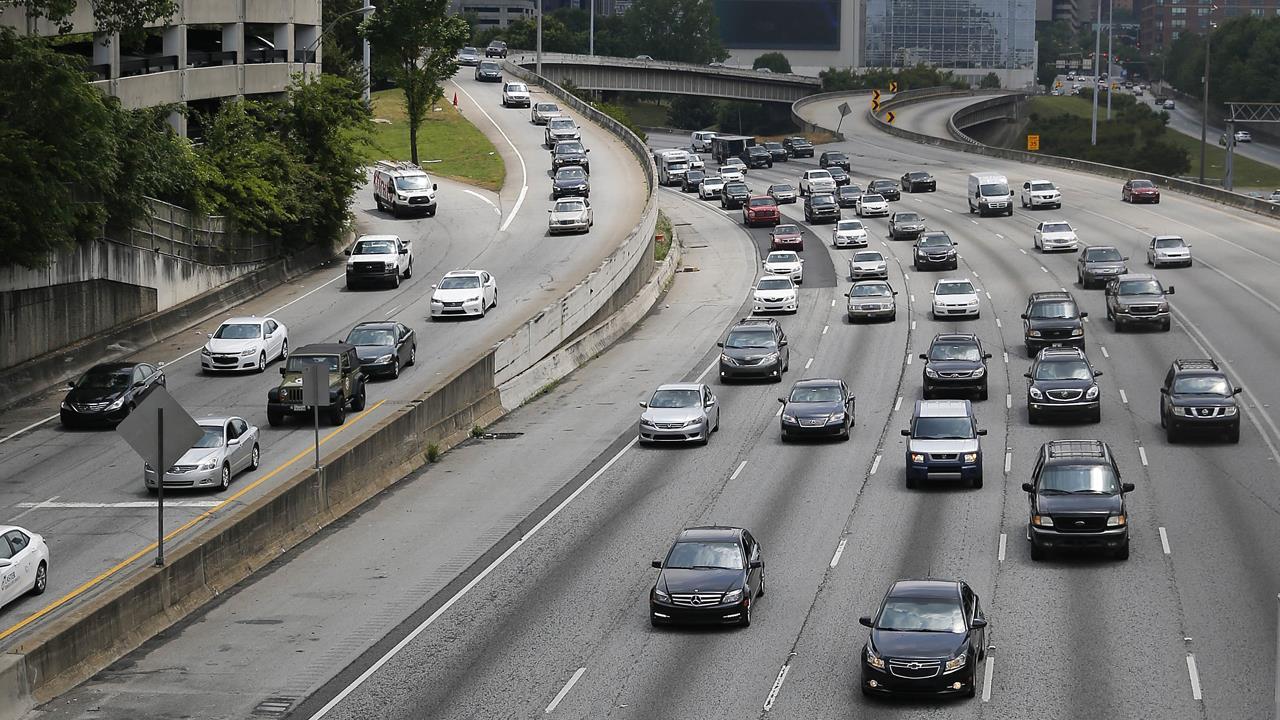Here’s what more US auto loan delinquencies mean for the economy
A larger share of Americans are having trouble making payments on their vehicle loans, which could point to trouble in an economy that has been showing steady signs of improvement.
The percentage of auto loans that were over 90-days delinquent rose to 4.3% in the first quarter, up from 3.8% in the year prior, according to a quarterly report from the New York Federal Reserve. Auto loan balances rose by $8 billion.
Meanwhile, new auto loan delinquencies per 100,000 initial jobless claims rose to their highest level in 15 years, according to Moody’s, as reported by The Wall Street Journal.
In the fourth quarter of 2010, the rate of auto loan delinquencies was 5.3%. While current levels are a full percentage point below that, as the labor market tightens and unemployment declines to 3.9%, borrowers should be much more capable of making payments now than when the unemployment rate was over 9%.
Rising interest rates can cause delinquencies to swell. However, despite the fact that the Fed is continuing on its path toward policy normalization, interest rates are still near record lows.
Therefore, the current situation likely means unqualified applicants are being awarded loans, The Journal noted.
Earlier this month, ratings agency Fitch also found that the delinquency rate for subprime auto loans more than 60 days past due reached 5.8%, as reported by Bloomberg, which is a higher rate than that experienced during the financial crisis.
The auto loan industry is much smaller than the U.S. mortgage market, which helped precipitate the financial crisis, thanks to its overly aggressive lending standards. It is unlikely any of the major lenders would take a serious hit from downward movement in the credit cycle, but smaller lenders and the auto industry itself could feel some pain.




















